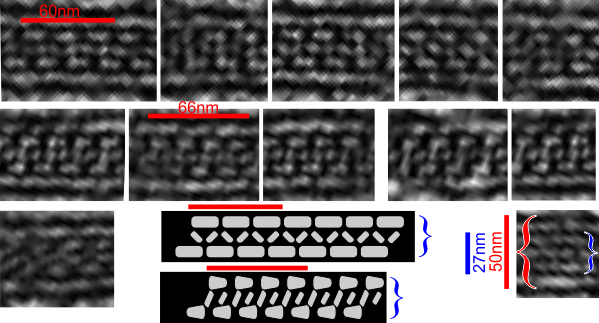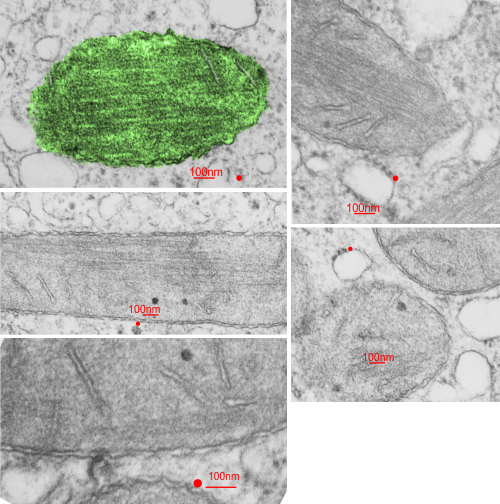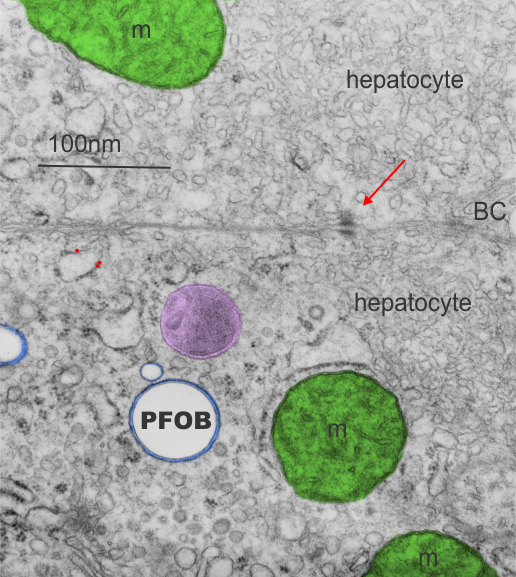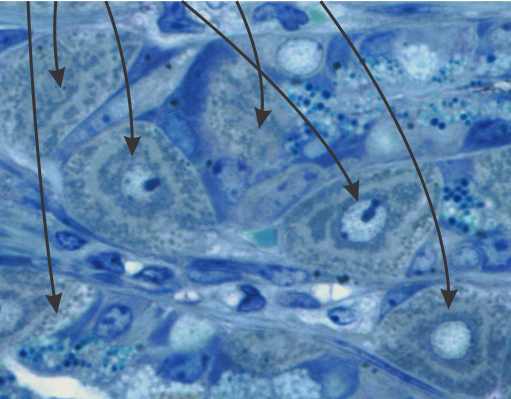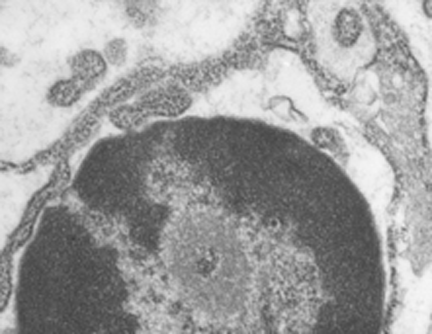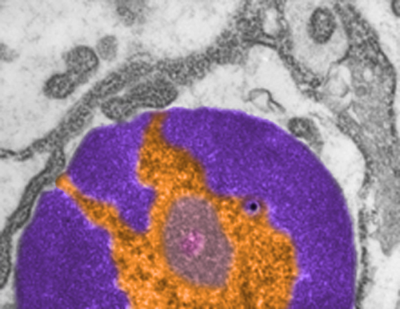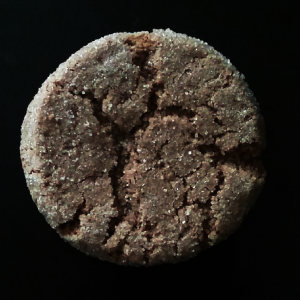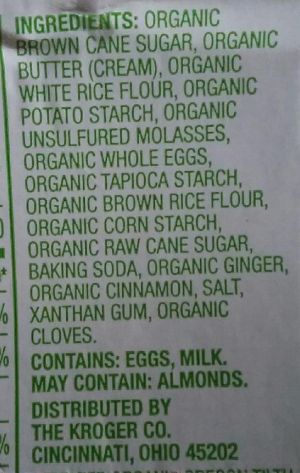Hunting for an answer to what might be the inclusions seen in mitochondria in my micrographs from Rhesus monkey liver I ran onto this awesome paracrystaline inclusion found in mitochondria in some myopathies. I have searched and really have not found a great micrograph, but several pretty nice ones, and am reproducing what looks like an oligomerization pattern to these inclusions.
1) they don’t appear to be formed in cristi but more in the matrix.
2) it seems like there is a limit to the pattern of oligomers – and a border
3) different micrographs show different orientations of the patterning
Cut and paste portions with reasonable resolution and partial diagram of patterns. It is not really clear from micrographs available that these are matrix or intracristi..but they do seem to have a bounding membrane. Top row of segments look like three layers: row 1 flat; row 2 staggered 45 degree end on, row 3 staggered flat. Middle row looks much different with less than a 45 degree angle to the middle row, and a longer and shorter component, and for rows 1 and 3, a taper to the “bricks”. Last picture on the bottom right… different again.
